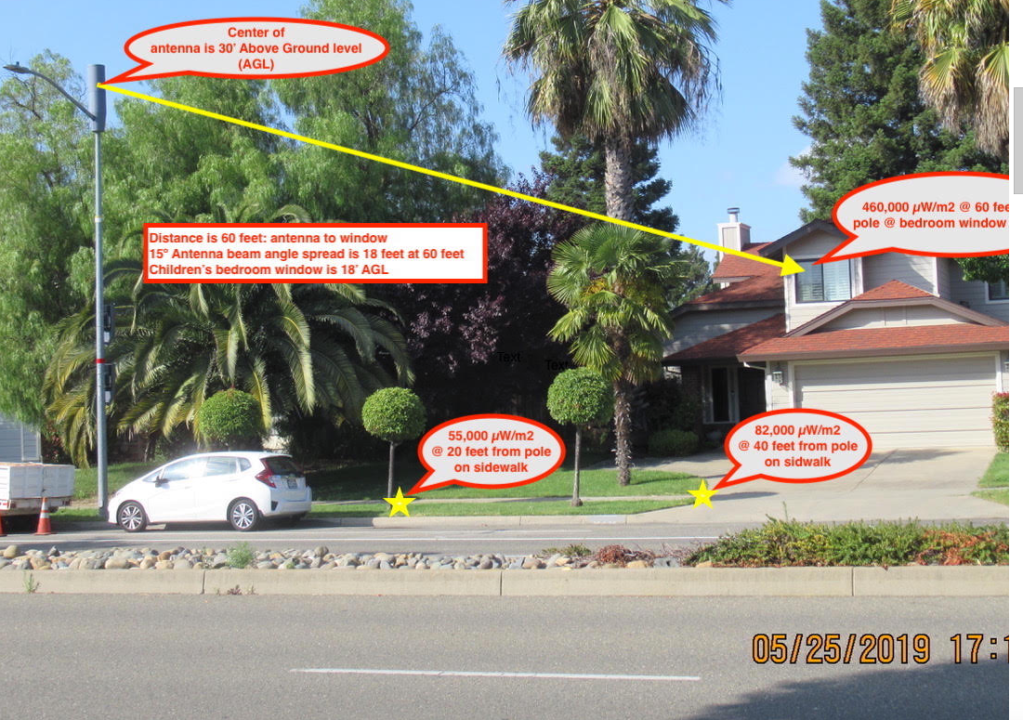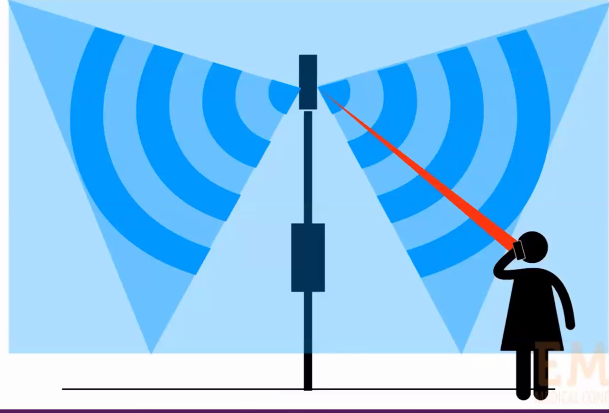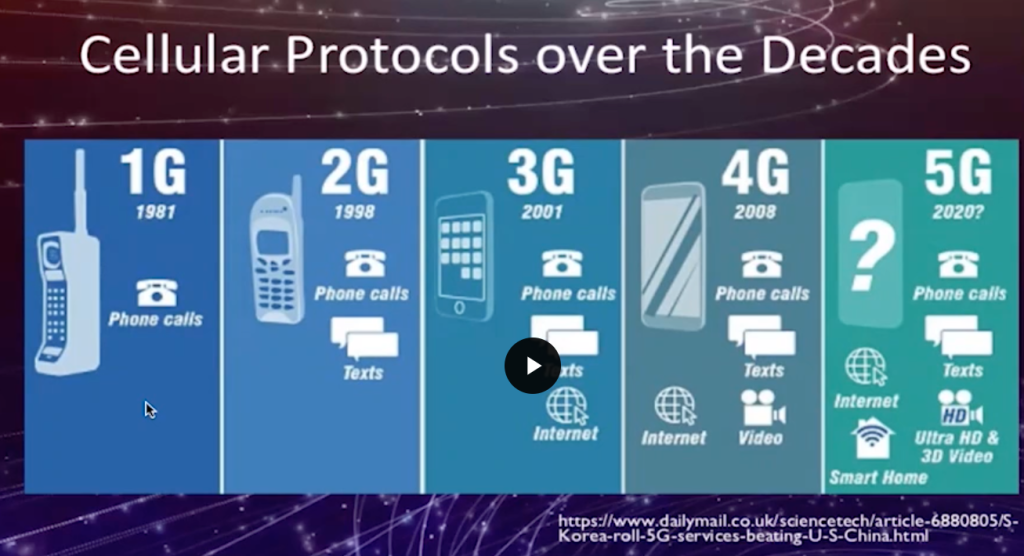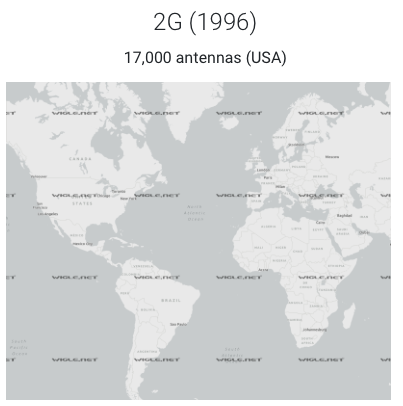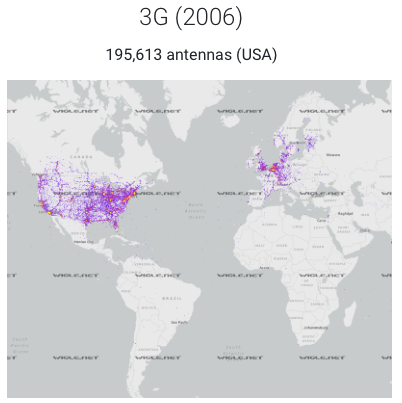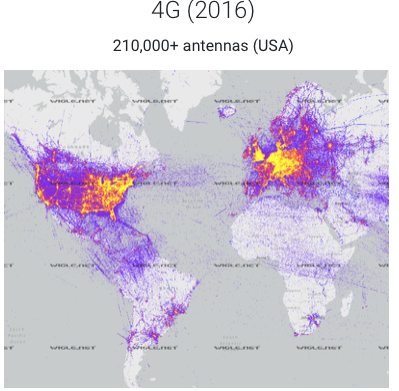Back on May 19 I wrote a post entitled “Why Are Adolescents and Young Adults Getting Sick?” Part of that story talked about the rising rates of colon and rectal cancer among young adults.
Since publishing that post, I was shocked to learn that an independent group of experts that advises the nation on preventive medical services has officially changed their recommended age for colon and rectal cancer screenings from age 50 to age 45. So when I found that out, I was immediately curious how that news was being reported and if anyone was reporting—or even hinting—that the higher rates of colon cancer among younger adults might have something to do with the increases in our ambient electromagnetic pollution and trend toward wearing our cell phones on or near our body.
I found three reports that helped shed light on this topic. The first was from a University of Michigan Medical School blog; the second from a NBC Today show video clip; and the third from a CNN online article and video which reported on the story.
Second Deadliest Cancer
The U of M story did a nice job of giving a broad-brush overview and summarizing the facts on the change: the U.S Preventive Services Task Force did indeed officially lower the age for adults to begin regular screenings for colorectal cancer from 50 to 45 because, over the past 30 years, the percent of all colorectal cancer among Americans under age 50 has gone from 5% to 10.5%. Moreover, colorectal cancer is the second deadliest cancer in the U.S. and because of this change in guidance private health insurance companies will be required to cover these procedures with no copays.
Root Causes
The NBC Today story allocated most of its coverage to an interview with Dr. Kimmie Ng, a medical practitioner at New York’s Dana-Farber Cancer Institute. It was a very informative interview. Dr. Ng pointed out that not only are younger people getting the disease, but it is increasingly more deadly. A discussion about Dr. Ng’s research on the root causes of these cancers among younger adults ensued and implicated things like diet, sedentary lifestyle, antibiotic use and even changes to the microbiome though she also concluded that it was curious that so many of her younger patients “are very active, are not obese, and lead healthy lifestyles.”
She plainly said that her research team highly suspects that environmental factors are the probable cause of this uptick but did not mention an individual’s exposure to concentrated point sources of EMFs like a cell phone as a possible contributing factor.
Finally, the CNN story highlighted two points I think worth mentioning. First, the rate of colorectal cancers for people ages 40-49 increased by almost 15% from 2000-2002 to 2014-2016. That’s a big jump within a relatively short period of time in my view and I point out how that increase dovetails with the evolution of cell phone services I described in an earlier post among an age group that would have been among the earliest of adopters.
And second, doctors are extremely concerned about how our COVID lockdowns will impact future cancer rates. Precisely because a colonoscopy is such an effective diagnostic and therapeutic treatment, doctors anticipate a spike in colorectal cancers in the years ahead especially since colon cancer screenings were down 85% during this past pandemic year. One doctor describes our current situation as “a ticking time bomb with a ten-year fuse”.
Send me your thoughts. Bottom line is that EMFs and our cell phone/ wireless lifestyle were not even mentioned in the dozen or so reports I read about this topic, and It is clear to me that many more doctors and other medical practitioners would be well served by getting much better informed on this topic. As for myself, I intend to pass this information on to my own doctor, Dr. Vesna Skul, who I featured in a previous post some years ago in which I described her own interesting theory about obesity. Though Dr. Skul is hipper to this information than most, it frankly couldn’t hurt to refresh her memory.
Be well.

